Nikko, Japan, is a treasure trove of cultural heritage, natural beauty, and authentic experiences. Nestled in the mountains, this historic city offers a perfect blend of traditional Japan and breathtaking landscapes. From ancient shrines to picturesque waterfalls, Nikko has something for every traveler. In this article, we’ll explore the 12 best things to do in Nikko, Japan, ensuring you make the most of your visit to this enchanting destination.
1. Introduction
Welcome to Nikko, a city renowned for its UNESCO World Heritage sites, serene lakes, and vibrant festivals. Located in Tochigi Prefecture, Nikko attracts visitors from all around the world with its rich history and awe-inspiring nature. Let’s embark on a journey to discover the hidden gems and must-visit attractions in this captivating city.
2. Toshogu Shrine

History and significance of Toshogu Shrine
Toshogu Shrine stands as a testament to the grandeur of the Edo period. Built in the 17th century, this magnificent shrine is dedicated to Tokugawa Ieyasu, the founder of the Tokugawa shogunate. Explore the intricate craftsmanship and vibrant colors of the shrine’s buildings, showcasing a fusion of Shinto and Buddhist elements.
Exploring the architectural wonders
As you wander through the shrine complex, marvel at the detailed woodcarvings and gilded decorations. The Yomeimon Gate, adorned with countless mythical creatures, and the famous Sleeping Cat are among the most iconic features. Take your time to appreciate the beauty and craftsmanship that went into creating this architectural masterpiece.
Must-see highlights
Don’t miss the opportunity to witness the Yomeimon Gate, Honjido Hall, and the Five-Story Pagoda. Each structure boasts its unique charm and historical significance. The Sacred Stable, housing the three wise monkeys, is also a popular attraction, symbolizing the principle “see no evil, hear no evil, speak no evil.”
3. Lake Chuzenji

Overview of Lake Chuzenji
Escape the hustle and bustle of the city by visiting Lake Chuzenji, a serene and picturesque lake nestled in the mountains. Formed by a volcanic eruption, this natural wonder offers a tranquil retreat for nature lovers and outdoor enthusiasts alike.
Activities and attractions around the lake
Experience the beauty of Lake Chuzenji through various activities such as boat cruises, kayaking, and fishing. Admire the changing colors of the surrounding forests during autumn, or witness the frozen splendor during winter. For a panoramic view of the lake and the Kegon Waterfall, take a ride on the Akechidaira Ropeway.
Enjoying the natural beauty
Immerse yourself in the tranquil atmosphere as you stroll along the lakeside paths. Hike through the nearby Senjogahara Marshland or explore the hiking trails to witness the stunning landscapes that surround Lake Chuzenji. Don’t forget to bring your camera to capture the breathtaking scenery.
4. Nikko National Park

Introduction to Nikko National Park
Nikko National Park, encompassing a vast area of lush forests, majestic mountains, and pristine lakes, is a paradise for outdoor enthusiasts. The park offers a wide range of activities and attractions that allow visitors to connect with nature and experience the true essence of Japan.
Hiking and nature trails
Embark on an unforgettable hiking adventure in Nikko National Park. The park is home to numerous trails, varying in difficulty and length, catering to both beginners and experienced hikers. Follow the paths that lead to hidden waterfalls, panoramic viewpoints, and serene mountain lakes, immersing yourself in the beauty of nature.
Wildlife and flora
Keep an eye out for the diverse wildlife that calls Nikko National Park home. From elusive Japanese macaques (snow monkeys) to vibrant bird species, the park provides ample opportunities for wildlife spotting. Admire the vibrant colors of cherry blossoms in spring or witness the fiery hues of maple leaves during autumn, embracing the seasonal beauty of the park.
5. Kanmangafuchi Abyss

Description of Kanmangafuchi Abyss
Kanmangafuchi Abyss is a hidden gem in Nikko, known for its scenic beauty and mystique. This gorge features a walking trail along the Daiya River, offering breathtaking views of volcanic rock formations and dense vegetation.
Walking along the scenic trail
Take a leisurely stroll along the trail and soak in the serene atmosphere. The surrounding lush greenery and the sound of the flowing river create a soothing ambiance, perfect for relaxation. As you walk, you’ll encounter the famous row of Jizo statues, a symbol of protection and guardianship in Japanese Buddhism.
Discovering the Jizo statues
Marvel at the sight of approximately 70 stone statues lined up along the trail. These statues, with their red bibs and serene expressions, are believed to protect the souls of unborn children. The Jizo statues, surrounded by nature’s tranquility, add a touch of mysticism to the Kanmangafuchi Abyss experience.
6. Ryuzu Waterfall

Highlights of Ryuzu Waterfall
Ryuzu Waterfall, meaning “dragon’s head waterfall,” is a captivating natural wonder located in Nikko. This breathtaking waterfall cascades down in two streams, resembling the head of a dragon, and offers a mesmerizing sight for visitors.
Enjoying the picturesque views
Witness the sheer beauty of Ryuzu Waterfall by visiting the observation deck. Admire the powerful rush of water as it plummets into a deep pool below. The surrounding lush vegetation adds to the enchantment, creating a picturesque setting for photography enthusiasts.
Seasonal attractions
Visit Ryuzu Waterfall during different seasons to experience its ever-changing charm. In spring, cherry blossoms bloom, creating a vibrant backdrop to the cascading water. During autumn, the surrounding trees transform into a kaleidoscope of fiery colors, adding a touch of magic to the scene.
7. Edo Wonderland

Overview of Edo Wonderland
Step back in time and immerse yourself in the Edo period at Edo Wonderland, a historical theme park in Nikko. This living museum offers an authentic experience of traditional Japan, allowing visitors to relive the samurai era and embrace the cultural heritage of the country.
Immersive experience of traditional Japan
Explore the meticulously reconstructed Edo-style buildings, including samurai residences, merchant houses, and ninja villages. Engage in various activities such as traditional crafts, kimono dressing, and sword fighting demonstrations, providing a hands-on experience of the Edo period’s way of life.
Entertainment and shows
Be captivated by the lively performances and shows that take place throughout the day. From theatrical performances depicting samurai battles to comedic acts and traditional dance shows, Edo Wonderland offers a wide range of entertainment options for visitors of all ages.
8. Nikko Tamozawa Imperial Villa Memorial Park

Historical significance of Nikko Tamozawa Villa
Nikko Tamozawa Imperial Villa Memorial Park is a testament to the grandeur of the imperial family during the Meiji era. Originally built as a vacation home for the imperial family, this architectural masterpiece now serves as a museum, showcasing the elegant lifestyle of the past.
Exploring the traditional Japanese architecture
Wander through the meticulously preserved rooms, adorned with intricate woodwork, exquisite paintings, and delicate ceramics. The fusion of Japanese and Western architectural styles creates a unique atmosphere, providing a glimpse into the opulent lifestyle of the imperial family.
Strolling through the serene gardens
After exploring the villa, take a leisurely stroll through the beautifully landscaped gardens. Admire the meticulously manicured lawns, vibrant flowers, and tranquil ponds. The combination of nature and architecture in this peaceful setting makes it a perfect spot for relaxation and contemplation.
9. Nikko Futarasan Jinja Shrine

Introduction to Futarasan Jinja Shrine
Nikko Futarasan Jinja Shrine, established in the 8th century, is one of the oldest and most revered shrines in Japan. Dedicated to the deities of Nikko’s three sacred mountains (Mount Nantai, Mount Nyoho, and Mount Taro), this shrine holds significant cultural and spiritual importance.
Cultural and spiritual importance
Experience the serene ambiance as you step into the sacred grounds of Futarasan Jinja Shrine. Admire the intricate wooden architecture and the vibrant red color that symbolizes protection against evil spirits. Participate in traditional rituals and ceremonies or offer prayers for good fortune and blessings.
Festivals and events
If you have the opportunity, visit Futarasan Jinja Shrine during one of its vibrant festivals. The Nikko Autumn Festival and the Spring Grand Festival are particularly noteworthy, featuring processions, traditional performances, and a lively atmosphere that showcases the region’s rich cultural heritage.
10. Shinkyo Bridge

Historical significance of Shinkyo Bridge
Shinkyo Bridge, also known as the “Sacred Bridge,” is an iconic landmark in Nikko. This vermilion-colored bridge holds great historical and spiritual significance and is designated as a national treasure of Japan.
Crossing the sacred bridge
Take a moment to appreciate the architectural beauty of Shinkyo Bridge, which spans the Daiya River. Though crossing the bridge itself is reserved for Shinto priests, visitors can admire its splendor from a distance. The bridge’s vibrant color and intricate design make it a captivating sight against the backdrop of Nikko’s natural scenery.
Symbolism and legends
According to legend, Shinkyo Bridge is considered a sacred bridge connecting the human world to the spiritual realm. It is believed that crossing the bridge purifies the soul and grants protection. The bridge’s significance in Japanese folklore and its harmonious integration with nature make it an essential part of Nikko’s cultural heritage.
11. Yuba Noodles

Introduction to Yuba noodles
Indulge in the unique culinary experience of Yuba noodles, a local delicacy in Nikko. Yuba, a type of tofu skin, is made from the skin that forms on the surface of soy milk during the tofu-making process. These delicate and flavorful noodles are a must-try for food enthusiasts.
Where to enjoy Yuba noodles
Savor the exquisite taste of Yuba noodles in local restaurants and specialty shops around Nikko. Many establishments offer various preparations of Yuba, such as Yuba sushi, Yuba hot pot, and Yuba udon. Each dish showcases the versatility and deliciousness of this traditional Nikko specialty.
Traditional Japanese culinary experience
Enjoying Yuba noodles not only provides a delightful gastronomic experience but also offers insight into Nikko’s culinary heritage. The careful preparation and unique flavors of Yuba noodles reflect the dedication to traditional Japanese cuisine, ensuring a memorable dining experience.
12. Shopping and Souvenirs

Popular shopping areas in Nikko
Explore the charming streets of Nikko to discover a plethora of shops and boutiques offering traditional crafts, local products, and souvenirs. The areas around Toshogu Shrine and Nikko Station are particularly bustling with shops, providing ample opportunities for souvenir hunting.
Unique souvenirs to bring back
When in Nikko, consider purchasing traditional crafts such as woodblock prints, lacquerware, and yuba-related products. These authentic souvenirs capture the essence of Nikko’s cultural heritage and make for meaningful gifts or mementos of your visit.
13. Conclusion
Nikko, Japan, is a captivating destination that offers a perfect blend of cultural immersion and natural beauty. From exploring historic shrines and museums to indulging in local cuisine and enjoying scenic wonders, there are countless experiences to be cherished in Nikko. Plan your visit to this enchanting city, and let Nikko’s charm captivate your heart.
FAQ
Q: When is the best time to visit Nikko, Japan?
A: The best time to visit Nikko depends on your preferences. Spring (March to May) offers cherry blossoms, while autumn (September to November) displays vibrant fall foliage. Summers can be mild, and winters offer a magical snowy landscape.
Q: How do I get to Nikko from Tokyo?
A: Nikko is easily accessible from Tokyo. Take the Tobu Nikko Line from Asakusa Station or the JR Nikko Line from Tokyo Station. The journey takes approximately two to three hours, depending on the train and route chosen.
Q: Are English tours available in Nikko?
A: Yes, English tours are available in Nikko. Many attractions provide guided tours in English, ensuring that visitors can fully appreciate the history and cultural significance of the region.
Q: Can I visit Nikko as a day trip from Tokyo?
A: While a day trip is possible, it is recommended to spend at least one or two nights in Nikko to fully explore its attractions and immerse yourself in its unique atmosphere.
Q: Is it possible to hike Mount Nantai in Nikko?
A: Yes, hiking Mount Nantai is possible, but it requires careful planning and preparation. The hike is challenging and should only be undertaken by experienced hikers with appropriate equipment.

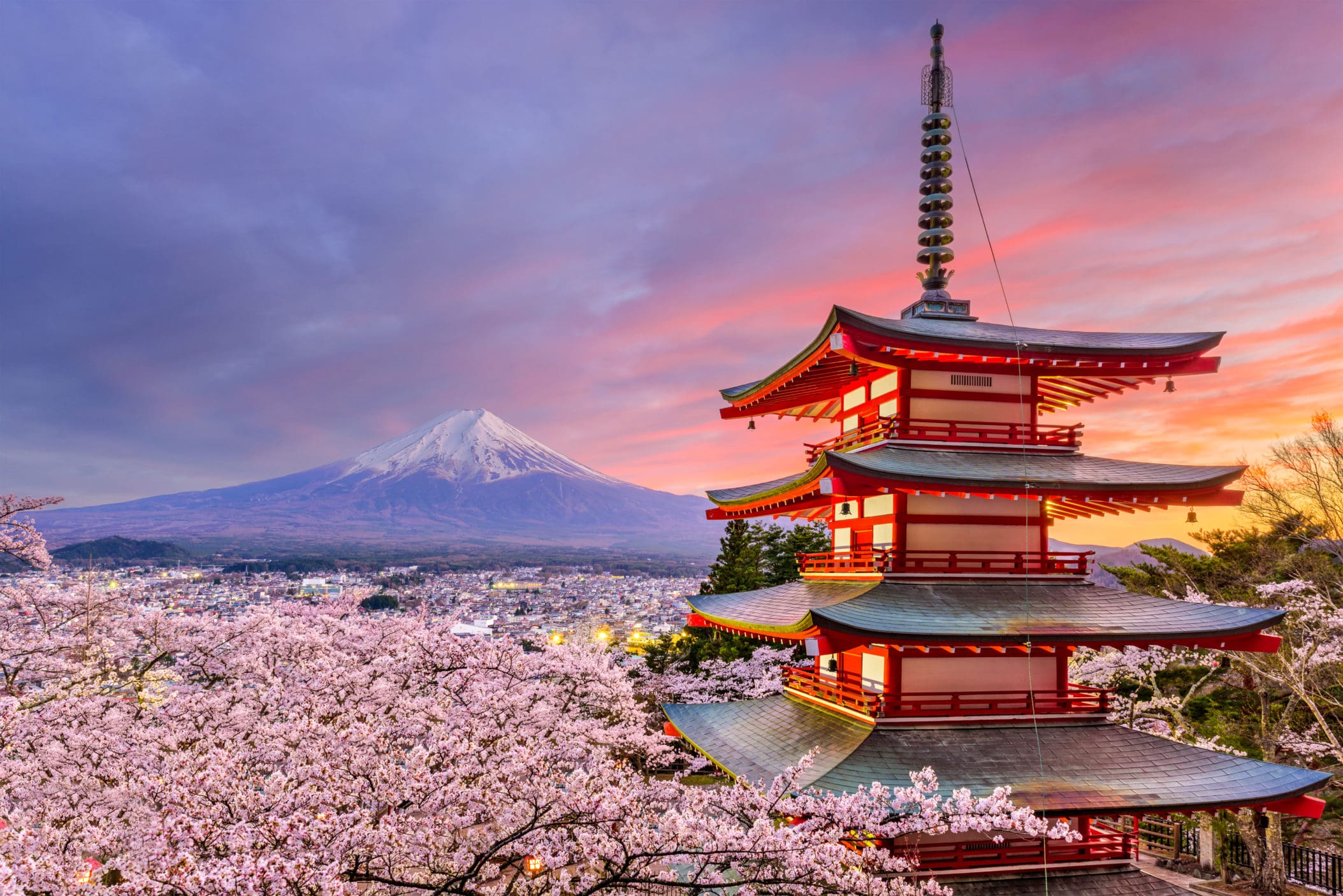

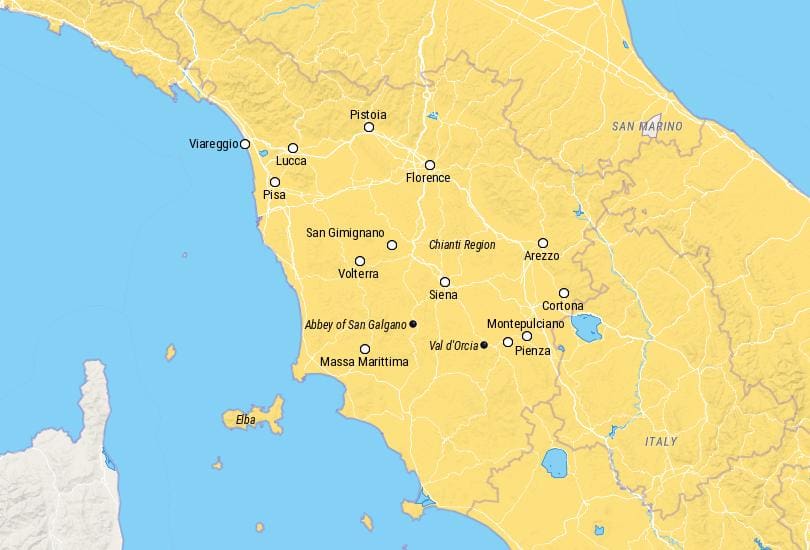

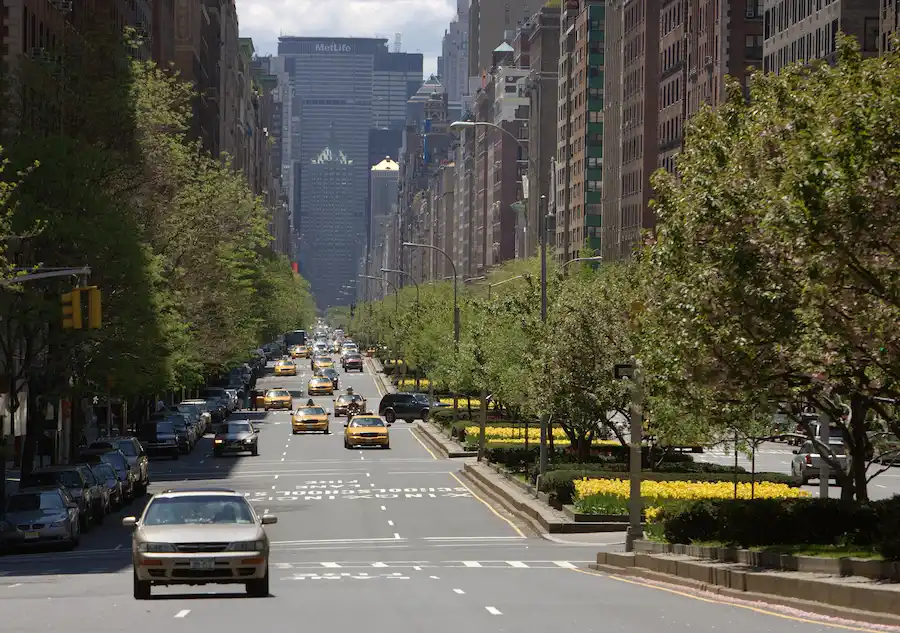
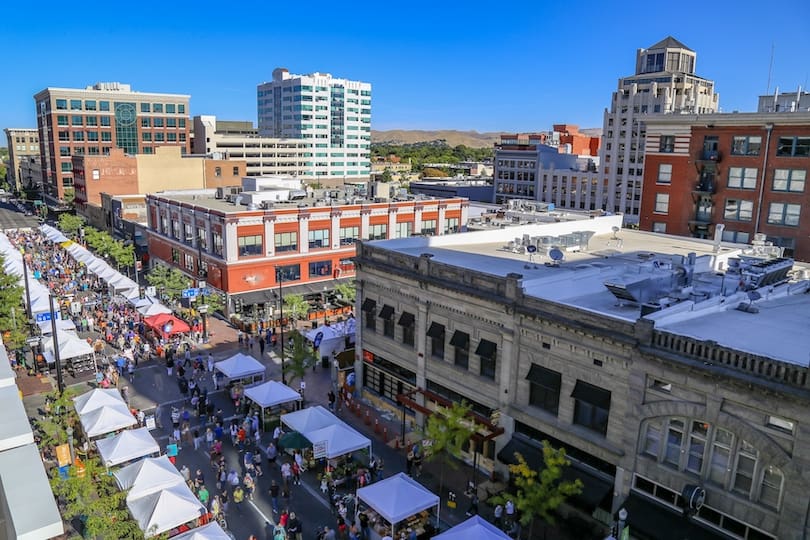

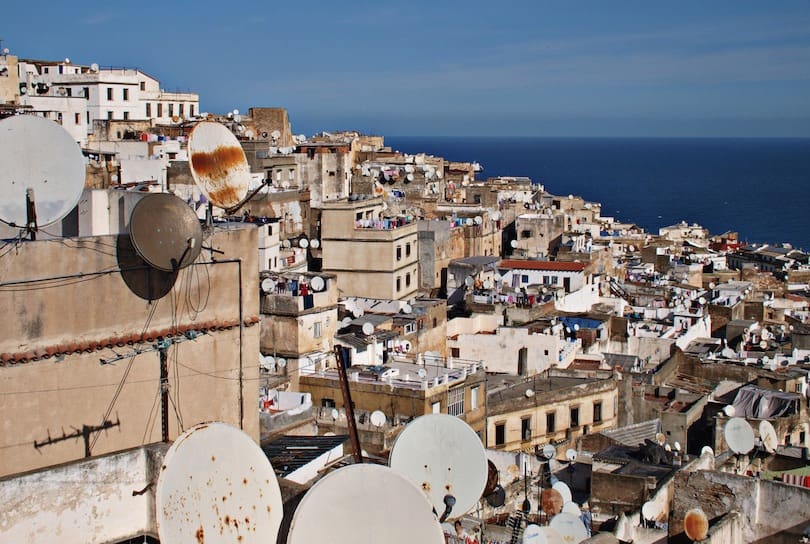
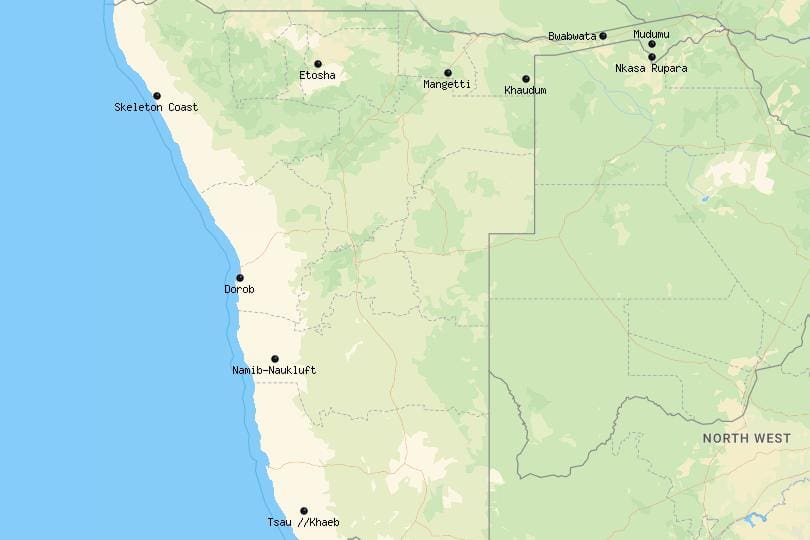


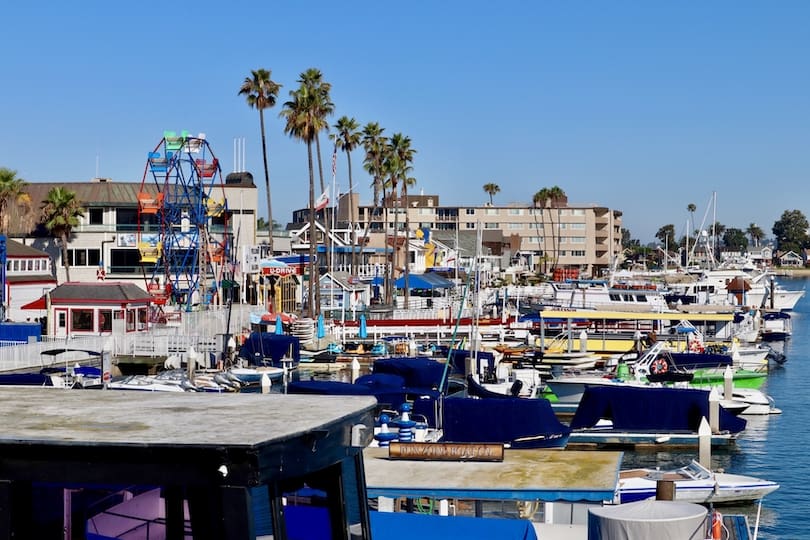


I am so happy to read this. This is the type of manual that needs to be given and not the random misinformation that’s at the other blogs. Appreciate your sharing this best doc.
You can certainly see your expertise in the work you write. The world hopes for more passionate writers like you who are not afraid to say how they believe. Always go after your heart. “The most profound joy has more of gravity than of gaiety in it.” by Michel de Montaigne.
Hi! This post couldn’t be written any better! Reading this post reminds me of my old room mate! He always kept chatting about this. I will forward this page to him. Pretty sure he will have a good read. Thanks for sharing!
Loving the information on this web site, you have done great job on the blog posts.
fascinate este conteúdo. Gostei muito. Aproveitem e vejam este conteúdo. informações, novidades e muito mais. Não deixem de acessar para saber mais. Obrigado a todos e até a próxima. :)
It’s a pity you don’t have a donate button! I’d most certainly donate to this brilliant blog! I guess for now i’ll settle for book-marking and adding your RSS feed to my Google account. I look forward to new updates and will share this blog with my Facebook group. Talk soon!